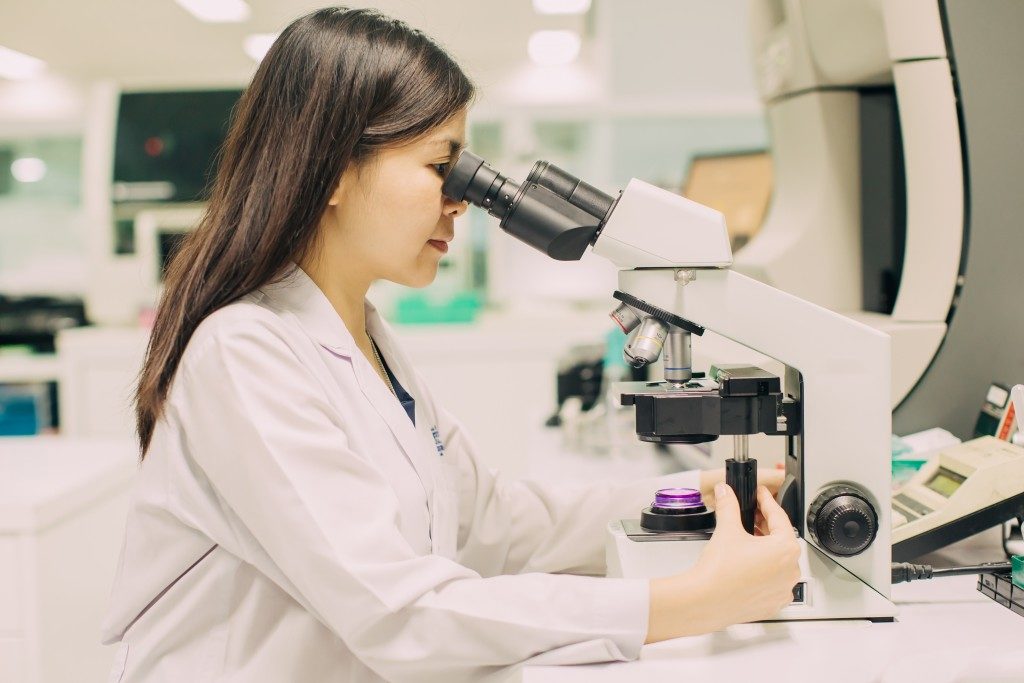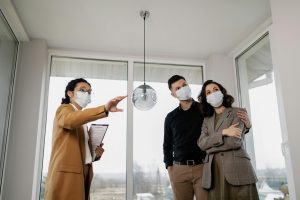The United States currently faces one of its toughest health battles since the Spanish flu: COVID-19 pandemic. It hits on many fronts, hurting the healthcare system that’s dealing with rapidly dwindling supplies and many businesses forced to reduce their workforce due to missing consumers.
If there’s a light at the end of the tunnel, it’s the fact that these two different industries can work together for the common good. Businesses, for example, can pivot, at least temporarily. They can manufacture the supplies these healthcare facilities need to help combat the disease.
With the help of partners, such as injection molding companies, and tools like 3D printers, they can produce the following:
1. Masks
The Centers for Disease Control and Prevention (CDC) now strongly recommends all Americans to wear masks when they go out. Research proves that one of the modes of virus transmission is respiratory droplets.
The problem is it’s not only average consumers who need them. More importantly, these masks are essential in healthcare facilities. In fact, they require various kinds of masks, depending on the possible type of exposure.
As of March 2020, medical workers alone will need 3.5 billion masks. The available supply is less than 2% of that. The government partners with firms like 3M to create N95 masks, but other companies are welcome to participate.
2. PPEs
PPEs stand for personal protective equipment, which may refer to the jumpsuit or the complete set. It already includes head and shoe covers, medical gown, masks, and gloves.
Regardless of the design, PPEs are what help define life and death for these health workers. This clothing shields the most vulnerable parts of the body from exposure to the virus while taking care of patients.
It’s unclear how many PPEs hospitals need. Healthcare workers, though, may have to change it every time they deal with a new suspected or positive patient.
3. Aerosol Boxes
Data shows that 20% of people who contract the virus will develop moderate to severe symptoms. Some of them may need to be intubated since their lungs can no longer function by themselves.
The process of intubation, however, is risky. One of the challenges is the amount of aerosols or droplets suspended in the air that the patient can release during the process. Initial research revealed that it might remain in the air for hours.
To reduce the risk of exposure, hospitals now need aerosol boxes. The design usually features an acrylic-looking box with two holes where doctors can insert their hands during the process.
4. Ventilators
Intubation works with ventilators, which are life-support machines. They deliver both oxygen and pressure to the lungs when the person cannot breathe anymore.
An analysis by GlobalData showed that affected countries, including the United States, will need at least 800,000 of these.
 5. Hospital Beds
5. Hospital Beds
As the United States ramps up mass testing, more Americans may turn out to be positive. A small but significant percentage of them will end up in a hospital. To cope with this, the country is expanding healthcare facilities by putting up isolation centers, among others.
These places, though, would need more hospital beds. Injection molding companies can be part of the effort by producing bed frames, for example.
Until there’s a vaccine or a treatment that works, the COVID-19 pandemic will continue, although it may slow down. While the country waits for that moment, companies can consider pivoting to supply what frontliners need to win the war.





